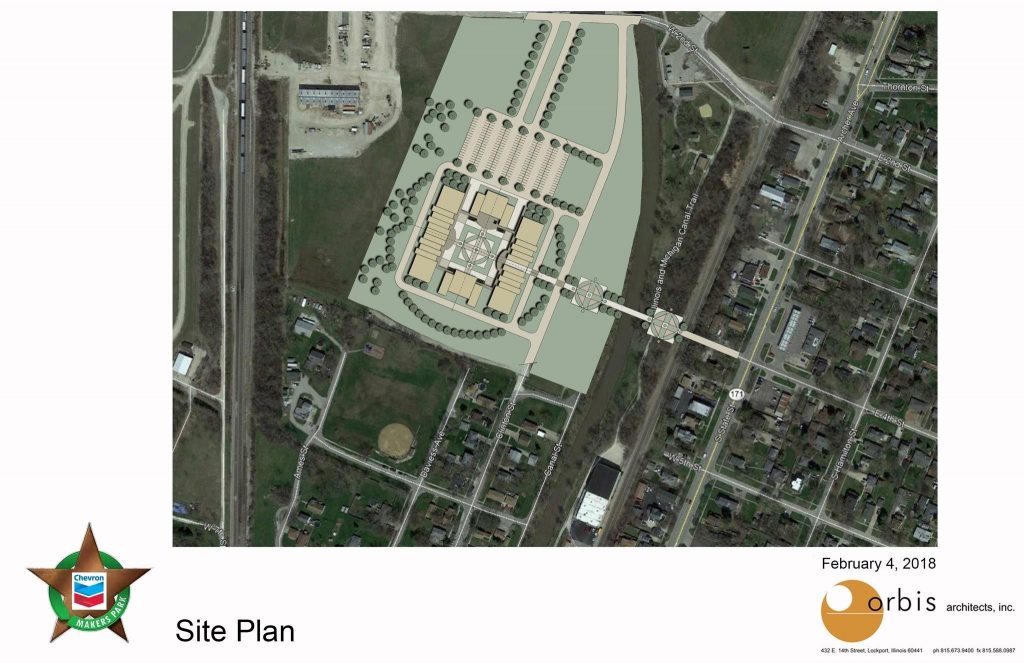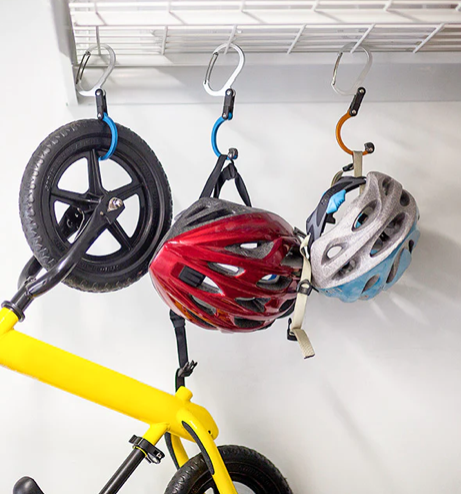Lately, I’ve been working on a blueprint for what I’m thinking of broadly as “innovation spaces.” That is, physical spaces that support innovation. This is tricky, because any physical space is necessarily located within a community — whether that’s a company, a school, a town, or some combination thereof. Because of that, any space that supports innovation must share the values of the place it’s seated within — you need community support and enthusiasm, people with lots of different ideas in the door, and they need to come from somewhere. So putting together a blueprint can be hard with so many different values in play.
Having said that, there are some things that many of these spaces share in common, and it seems to me that they all relate back to design. Borrowing from Tim Brown’s “inspiration, ideation, implementation” framework in Change by Design, they are: people need a place to find a spark of inspiration, people need a place to ideate and fan that spark into a flame, and people need a place to implement their ideas and bring them to scale.
Mapping that out, this looks like the following:
- Inspiration. Exposure to new ideas and new ways of thinking. Critically, people in the space must come from different backgrounds. But people aren’t enough. Inspiration is found in the materials, tools, and space you have to spread out and whiteboard (or chalkboard!). This means you need light prototyping materials, prototyping machines, traditional crafts and trades tools, post-it notes, pipe cleaners, clay, hammers, and all the like. The space must be flexible in use, able to transform itself almost on a moment’s notice
- Ideation. This requires space to conduct user interviews, collaborate on code, present your work, get work done alone, and machines and materials to produce higher-fidelity prototypes (both works and looks like). The space must necessarily be more static than that of 1 — conducting user interviews, for instance, should be done professionally — but still flexible enough to support creative work.
- Implementation. The space must bring people into it from the outside — mentors from professional fields like law, marketing, manufacturing, finance, and product delivery. The space should have a professional environment to work with potential investors, collaborators, and other partners. If possible, the space should have the capacity to support small-run production of physical objects as well.
All of this should operate within an ecosystem (community) that supports the space. This might be curriculum that complements it (like entrepreneurship or design), this might be alignment with a town’s strategic initiatives, or it might be part of a broader corporate initiative.

It’s a pretty simple blueprint, but a good construct to think about innovation and environment.
Anyway, here’s the stuff I’ve been reading (and in many cases, re-reading), listening to, and using this week that got me into this headspace.
— Peter Drucker’s landmark book Innovation and Entrepreneurship is always good to go back to. Innovation requires purpose, discipline, and flexibility — a vision for what you want to become based on a shared set of values is therefore critical. Communicating that vision constantly is equally important.
— Tim Brown’s Change by Design is equally great. Brown’s work at IDEO is well-known, and his point about the difference between design and design thinking (the latter being more holistic) is well-put.
— My friend Andrew sent over this podcast episode, and boy is it good. This is the closest explanation to how I think about design and innovation. This is a prototype: the curious craft of exploring new ideas.
— My colleague Melissa recently introduced me to the idea of civic imagination, which is “the capacity to imagine alternatives to current cultural, social, political, or economic conditions.” How wonderful. This is a great Medium post that goes into it more: Love, Care, and Our Civic Imagination.

— I can’t quite get behind the name of the movement, but the ideas packed into it are compelling: solarpunk. I was first introduced to these ideas through the fictional work of Daniel Suarez in Daemon and Freedom (TM). Here’s a good read on it: Solarpunk: Post-Industrial Design and Aesthetics.
— In other news, the RAGBRAI route announcement was this weekend. 500 miles this year, and straight through the heart of Des Moines. Let’s go!
— I’ve been looking for a good, simple zine template for Keyshot Publisher and finally found one by Olivia Montoya on itch.io. Here they are.
— Last year DePaul was named a “2021’s World’s Best Maker School” by Newsweek and Make: Magazine. Guess what? We made the 2022 list, too. This is, in no small part, because of the work my student employees at our makerspaces have done for the past six years. What a wonderful honor!

— For years I’ve been using Michael Hyatt’s Full Focus todo system to keep things organized, but lately, I’ve needed something simpler that allows me to get into a more creative space. I’ll probably go back to Hyatt’s system at some point, but right now I’m really digging these simple todo cards and weekly planner from Notsu. They fit nicely inside my Field Notes notebooks, and at the end of the day I can toss them out.

— A well-designed thing: Hero Clip. I showed a student my clip this week and their mind was blown. They’ve greatly changed how we organize our things when we’re out in the camper trailer.
Happy Friday!
JRM

